Travel
10 Places Where Tropical Storms And Hurricanes Keep Striking
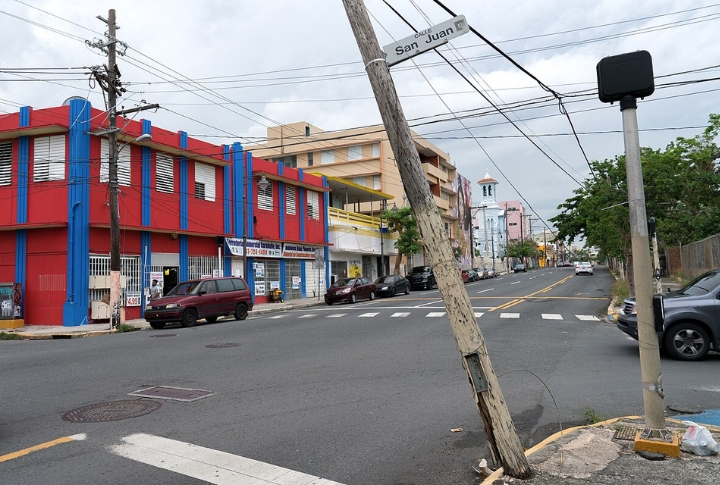
Storms don’t follow a schedule, but they do show patterns. Tropical storms and hurricanes tend to follow familiar paths, with certain coastlines facing their force repeatedly. According to HurricaneCity, some locations get hit far more than others. These 10 places have seen far beyond their share.
Cape Hatteras, North Carolina
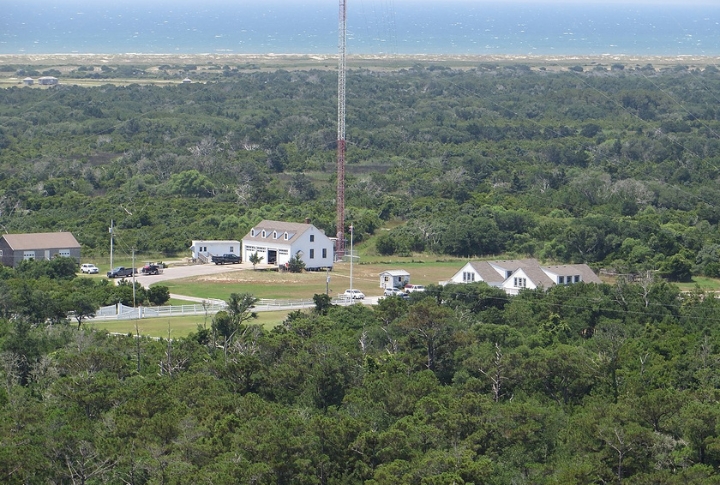
Nicknamed the “Graveyard of the Atlantic,” this cape has a rich history of over 600 shipwrecks, largely attributed to hurricanes and shifting shoals. That fierce reputation grew stronger in 2003 when Hurricane Isabel carved out a new inlet and split the Outer Banks. Since 1871, more than 100 tropical cyclones have kept it on storm radar.
Morehead City, North Carolina
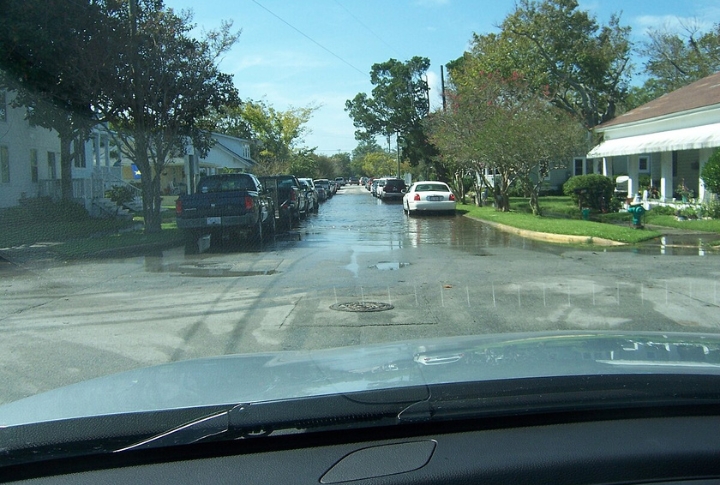
Storm trackers know Morehead City by name for good reason. It sits in Carteret County, where 87 hurricanes and tropical storms have struck since 1930. One of the worst was Hurricane Ione in 1955, which brought winds exceeding 100 mph and flooding. Its spot near the Gulf Stream keeps storms strong as they crash ashore.
Grand Cayman, Cayman Islands
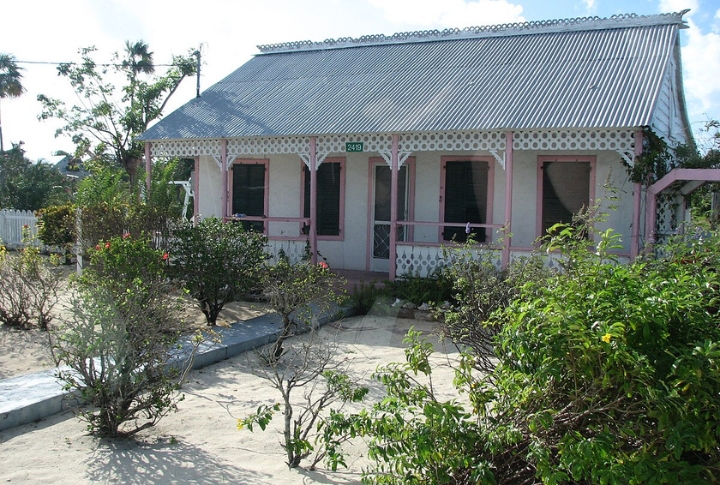
Hurricane Ivan in 2004 showed no mercy—Category 5 winds pounded Grand Cayman for 36 hours from just 23 miles away. Topping HurricaneCity’s rankings with 40 hurricane-only hits, the island’s flat land and low elevation mean storm surge and flooding are a constant risk. Records of these hurricanes reach back to the 1700s.
Delray Beach, Florida
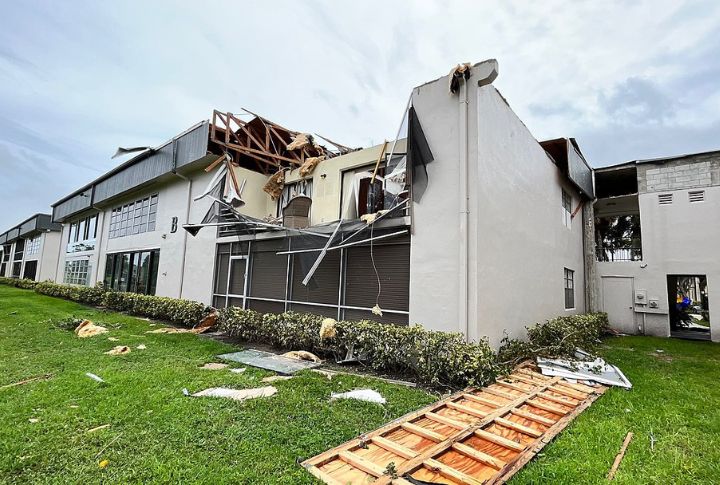
Few places in South Florida get brushed or hit by storms as frequently as Delray Beach—every 2.2 years on average. In 1928, the Okeechobee Hurricane caused widespread inland flooding that destroyed numerous structures. Fast forward to Hurricane Milton in 2024. It caused 120 mph winds and flash floods from over 100 miles away.
Marathon, Florida (Middle Keys)
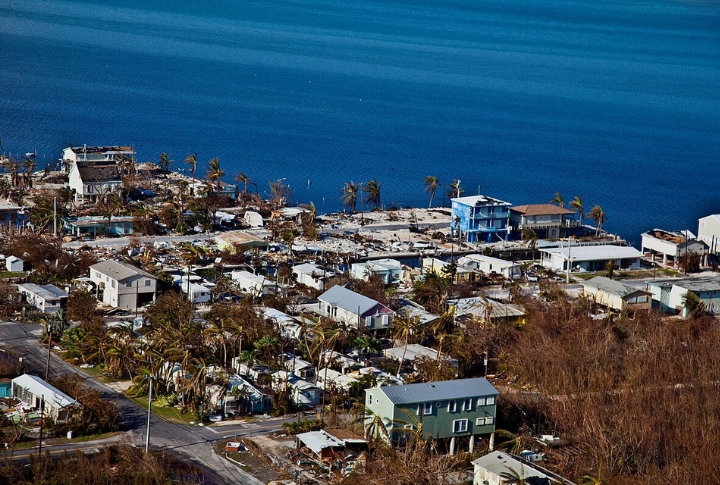
Stories from Marathon tell of the 1935 Labor Day Hurricane, one of America’s strongest, blasting through with 185 mph winds. Sitting in the Middle Keys, the city stays in nature’s crosshairs and faces a hurricane or tropical storm about every 2.5 years. In 1960, Donna added to the toll with a 13-foot surge and 120 mph winds.
Grand Isle, Louisiana
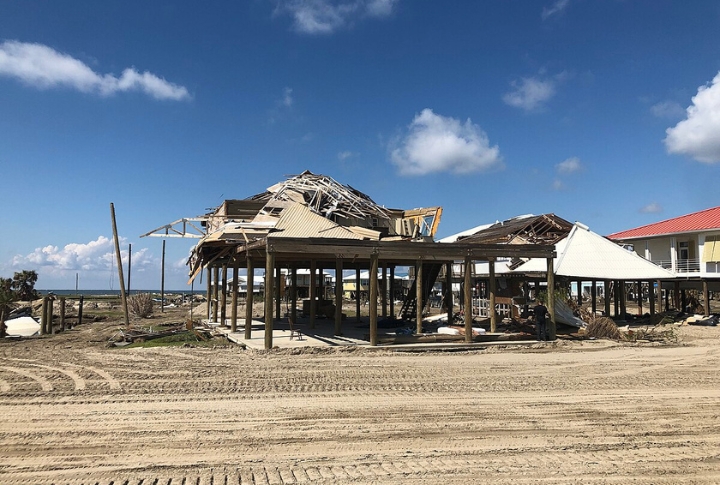
Locals still talk about Hurricane Ida in 2021. Every building on Grand Isle took a hit, leaving it empty for a while. Back in 1909, another storm pushed a 15-foot surge miles inland with winds topping 120 mph. As Louisiana’s only inhabited barrier island, Grand Isle draws Gulf storms like Katrina and Gustav, too.
Miami, Florida
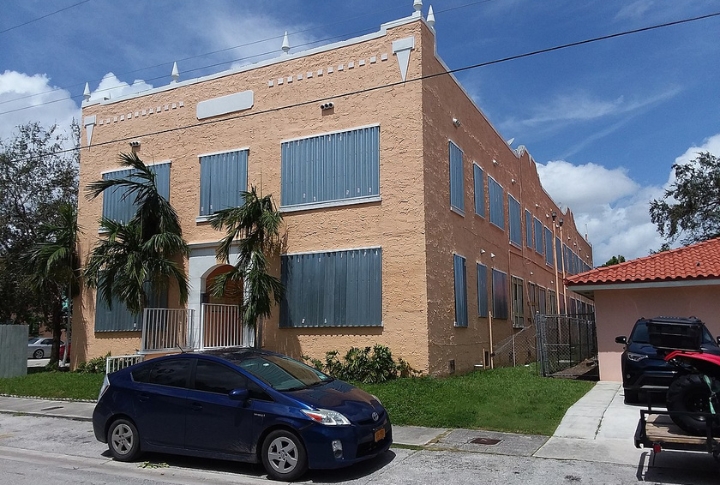
History books recall the Great Miami Hurricane of 1926, which caused $105 million in damage at the time and claimed over 370 lives. Since 1871, more than 90 tropical systems, including 45 hurricanes, have hit Miami. For instance, Andrew made landfall in 1992 as a Category 5 storm, flattening neighborhoods as the city’s coastal sprawl expanded.
Tampa, Florida
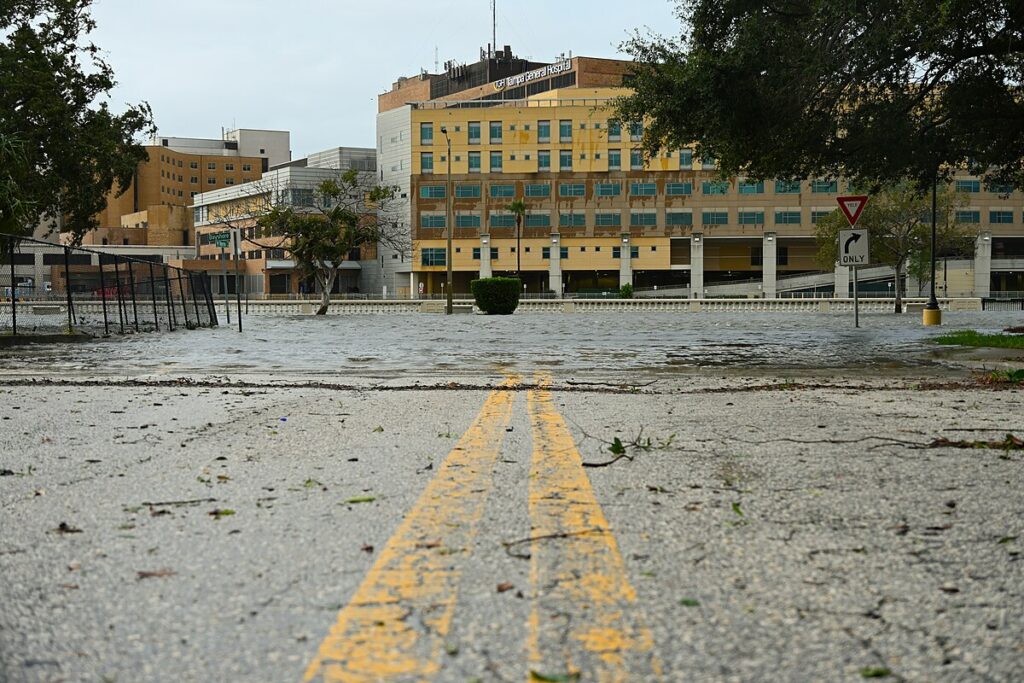
A big direct hit is rare, but Tampa doesn’t get off easy. The last major hurricane strike was in 1921. It sent a 10.5-foot surge downtown. Then, Hurricane Helene in 2024 pushed record water levels to 7.2 feet in Hillsborough Bay. With its shallow bay and low-lying core, Tampa remains vulnerable to the effects of approaching storms.
San Juan, Puerto Rico
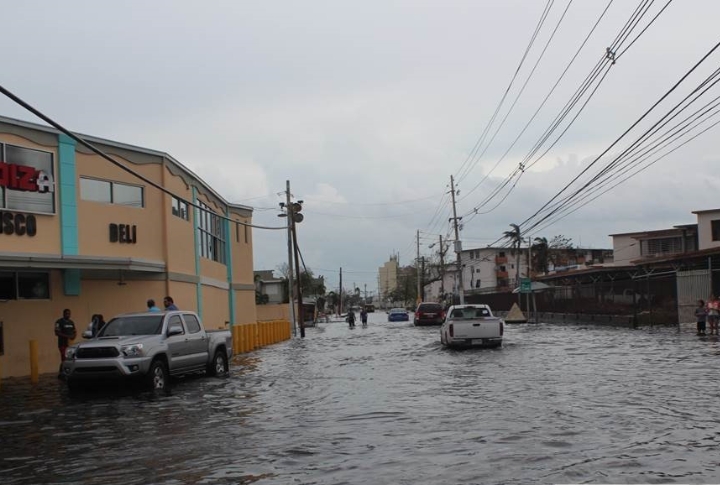
Hurricane Maria slammed San Juan in 2017 as a powerful Category 4, triggering the longest blackout in U.S. history. It wiped out 95% of cell towers and radar and crippled emergency response. That devastation added to a hurricane record dating back to the 1800s, with over 60 recorded hits, including the San Felipe Hurricane of 1928.
Wilmington, North Carolina
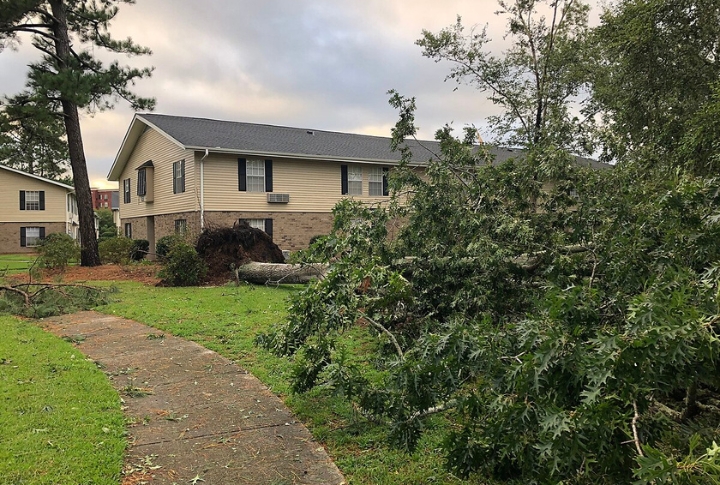
In 2018, Hurricane Florence dumped 23 inches of rain on Wilmington, cutting off all access except by air. Such severe weather events have long affected the area. Since 1930, 91 hurricanes have landed nearby, with Fran and Bertha striking hard in 1996. Hazel’s 1954 path included 140 mph winds and a towering 18-foot surge.

